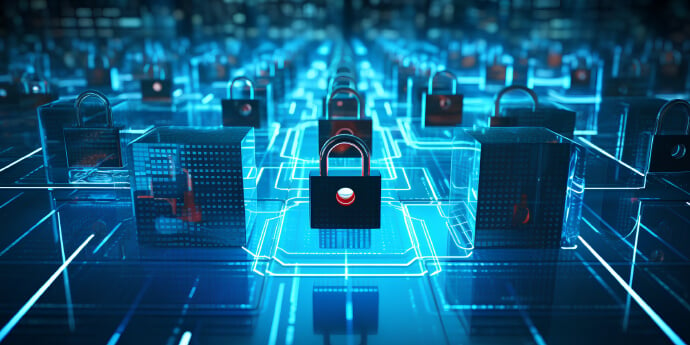
How to reduce the impact of a data breach with SIEM
Discover how you can reduce the overall impact of a data breach and improve your ability to detect and respond to threats with SIEM technology.…
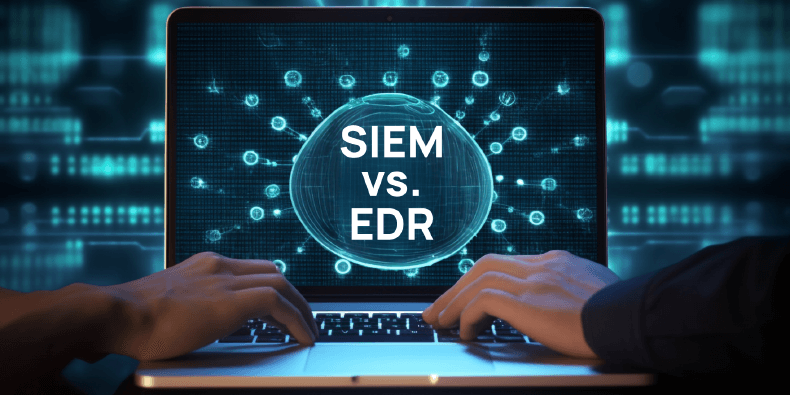
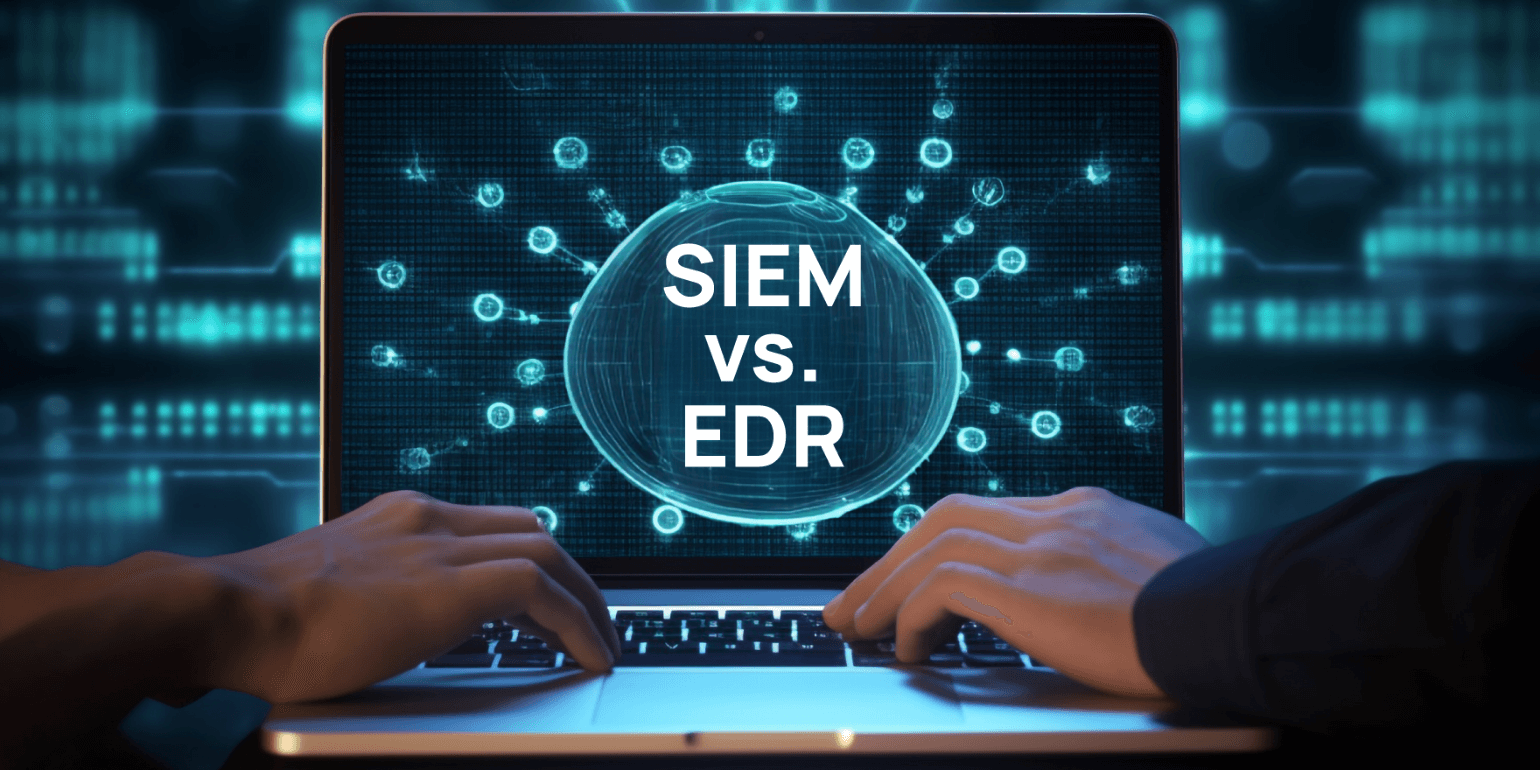
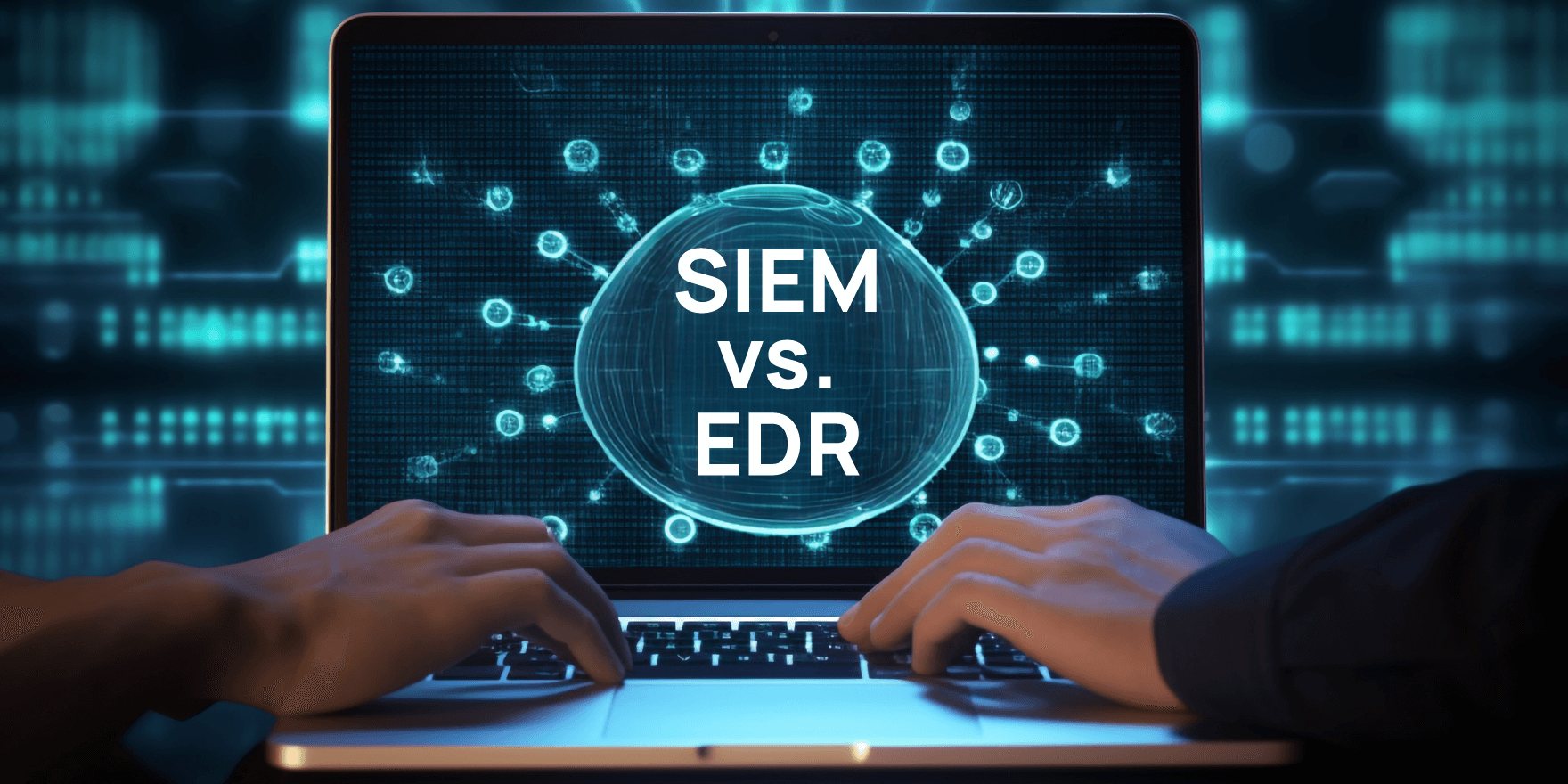

Mikey Anderson
Product Marketing Manager
17th May 2024
Have you ever felt like you’re deciphering a complex code when researching cyber security solutions? With many different product names, solutions that offer similar features, and hundreds of acronyms thrown in for good measure, you can quickly find yourself lost in a sea of jargon.
In this article we'll look at two key technologies often deployed in the battle against cyber threats: Endpoint Detection and Response (EDR) and Security Information and Event Management (SIEM).
By delving into their nuances, we aim to provide clarity amidst the confusion, helping you make an informed decision when it comes to selecting the right solution for your organization.
Endpoint Detection and Response (EDR) solutions are designed to safeguard individual endpoints within a network against sophisticated threats. These endpoints can include remote and on-premises assets like desktops, laptops, and servers.
While modern EDR solutions typically extend support across Windows, MacOS, and Linux platforms, it's worth noting that functionality may vary depending on the operating system.
Unlike traditional anti-virus software that relies on signature-based detection, EDR uses behavioural analysis, machine learning, and threat intelligence to detect and respond to threats in real-time.
No. While traditional anti-virus solutions excel at detecting known malware, they often struggle to identify advanced threats like fileless malware and zero-day exploits.
EDR is a modern evolution of anti-virus software, which is much more comprehensive and has several distinct advantages:
Having some form of endpoint protection solution in place is a necessity for any organisation to help protect against common cyber threats.
SIEM is a centralised platform designed to collect, analyse, and interpret data from various sources across an organisation's IT infrastructure. By aggregating logs and events from networks, applications, systems, and devices, SIEM enables security teams to detect, investigate, and respond to potential threats in real-time.
SIEM solutions correlate security telemetry from lots of different sources to identify patterns that could indicate malicious activity. Security analysts can use a SIEM solution to maintain visibility over an environment, detect threats, and investigate security events using log data.
SIEM plays a pivotal role in enhancing cyber resilience by enabling:
SIEM solutions usually rely on pre-determined detection rules to help identify threats across a network. If a threat is detected, a SIEM platform will automatically alert you to the security event, provide a detailed overview of the incident and step-by-step remediation advice to help you fix the issue. A SIEM solution will also append any relevant security logs to the incident to help with investigation and reporting.
To put this all into context, let’s use a quick analogy.
Using SIEM to monitor logs is comparable to having CCTV watching your building. It can notify you if it detects movement, it might be able to identify particular people or animals, and it records all the footage in case you need to review it later. Having an EDR solution is like a lock on your front door, it works to simply secure the main point of entry.
If you only monitor EDR or endpoint logs, it’s like having a single CCTV camera pointed at your front door. An attacker could simply find another point of entry, as we know modern cyber threats extend beyond the endpoints. So, it’s important to monitor logs from all areas of your organisation.
That’s where SIEM comes in. It can monitor logs from many other areas of your environment, correlating them into a single solution to help you detect threats. A SIEM solution can also utilise an EDR platform as a log source, helping to detect threats that are affecting individual endpoint devices.
OK, so you have the basics on EDR and SIEM and you’re ready for another acronym. Here’s a quick recap with the added bonus acronym of XDR, too.
Ultimately, both SIEM and EDR solutions play important roles in strengthening an organisation's security posture. SIEM provides centralised log visibility and event correlation, while EDR focuses on endpoint protection and blocking threats.
An EDR or endpoint protection solution should be used as a bare minimum for organisations of any size to help prevent a wide range of cyber threats. If you choose to use a SIEM platform for threat detection and compliance, then this can use an EDR solution as one of its many log sources.
SIEM and EDR solutions should be seen as complementary solutions, rather than opposing technologies. They are both component parts of a solid defence-in-depth strategy to help detect and respond to cyber attacks.
With Defense.com Managed SIEM, your network will be monitored 24/7/365 for suspicious activity, helping to identify threats and prevent breaches. We’ll help you quickly improve your security posture with our fully managed service.

Discover how you can reduce the overall impact of a data breach and improve your ability to detect and respond to threats with SIEM technology.…

Exploring the differences between an MDR, managed SOC and managed SIEM, and which is best to protect your business.…

Discussing the benefits of a security operations centre (SOC), the complexities of building a SOC in-house and 5 reasons why business should outsource their SOC.…
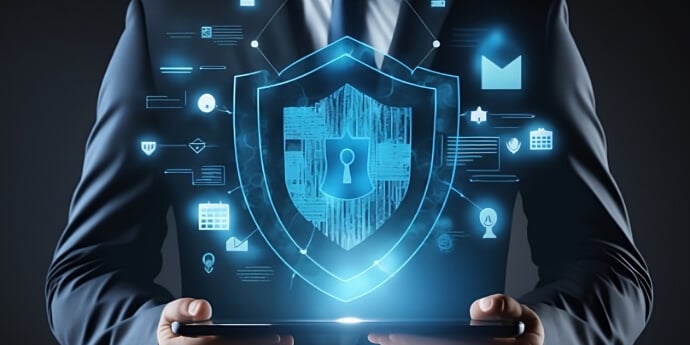
How well prepared is your business to withstand and recover from a cyber attack? Discover best practice…
Get actionable cyber security advice and insights straight to your inbox.